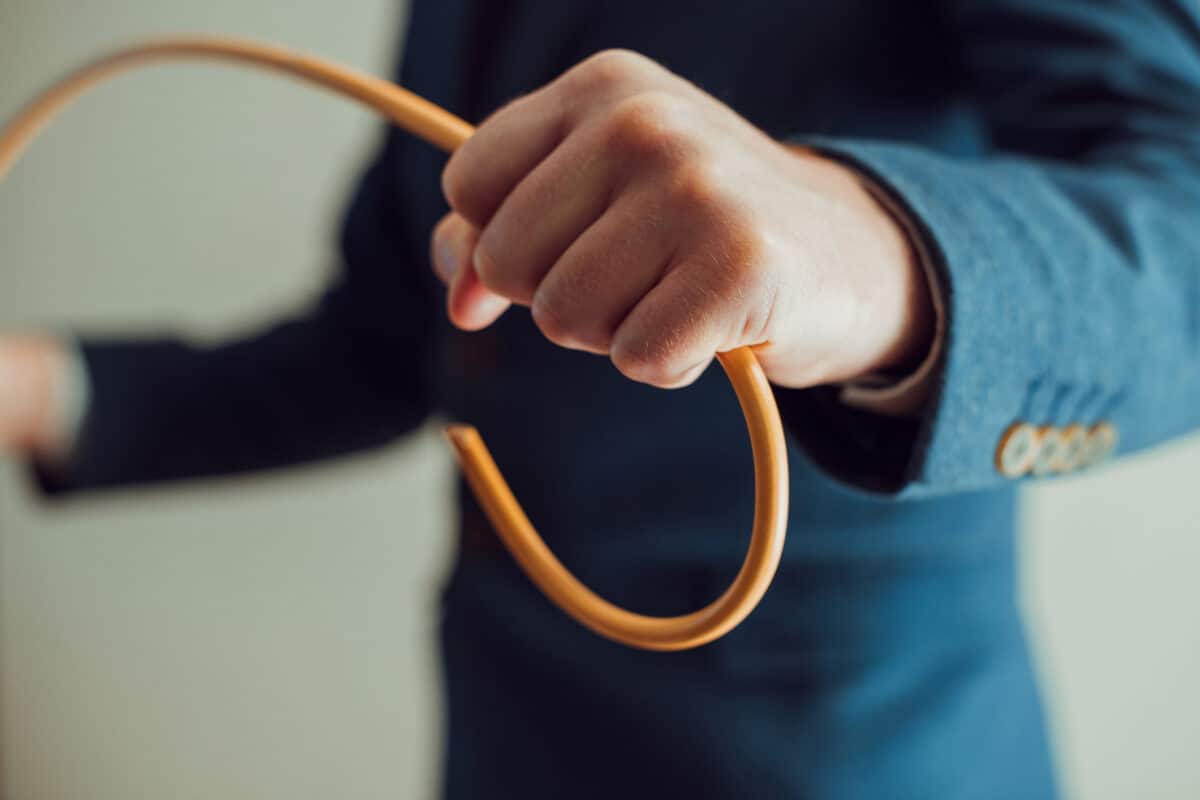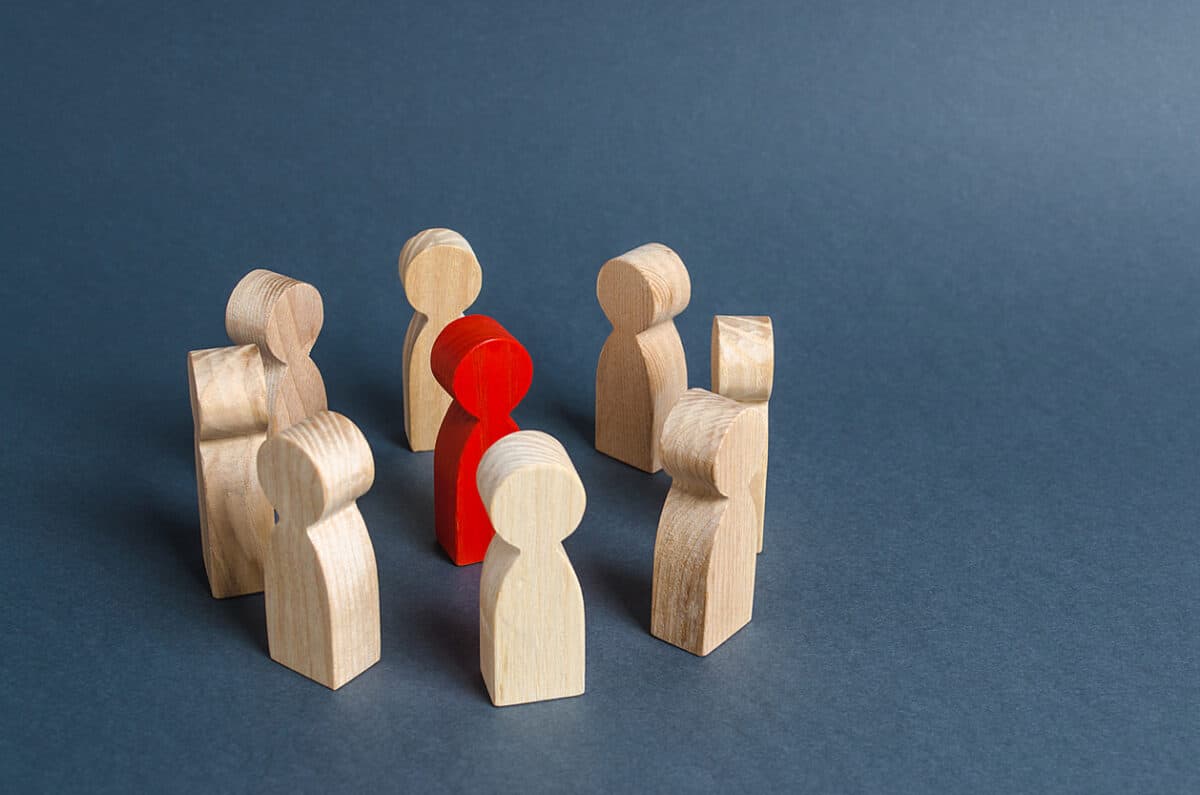The State of Victoria had a big week on mental health, with the Labor Government allocating billions of dollars to the improvement of the mental health of its citizens. Much of the justification for the spend (and the imposition of a mental health levy on large companies) is in response to the recent Royal Commission into Mental Health Systems. Workplace health and safety was on the agenda in that Royal Commission. Hence, it is worth looking at how, or if, this recent Budget helps employers improve the psychological health of their workers in anticipation of new regulations on this hazard promised by Victoria’s Minister for Workplace Safety, Ingrid Stitt.
Category: violence
Selective duty of care being applied by the Australian Government – from the archive
Yesterday’s article on Comcare’s recent charging of two organisation over workplace-related harm to others generated so much interest that I have (re)published an article from 2016 that analysed an earlier, similar issue. Please also read the comments below and consider adding your own.
Australia’s work health and safety (WHS) laws confirmed the modern approach to workplace safety legislation and compliance where workers and businesses are responsible for their own safety and the safety of others who may be affected by the work. The obligations to others existed before the latest WHS law reforms, but it was not widely enforced. The Grocon wall collapse in Victoria and the redefinition of a workplace in many Australian jurisdictions through the OHS harmonisation program gave the obligation more prominence but has also caused very uncomfortable challenges for the Australian government – challenges that affect how occupational health and safety is applied in Australian jurisdictions.
Continue reading “Selective duty of care being applied by the Australian Government – from the archive”What Australia can learn from other Parliaments about sexual harassment and assaults
Brittany Higgins alleges that she was raped in her employer’s office by a work colleague after a night of drinking. Since mid-February 2021, other women have claimed to have been sexually assaulted in Parliament. The Attorney-General, Christian Porter, is taking some leave after revealing himself to be the person behind historical rape allegations. At the moment, Australian politics is wrapped up in itself over these scandals. Still, similar scandals have happened in other Parliaments, and the responses to these may provide guidance for Australia.
A small survey of female parliamentarians and staff in Europe in 2018 found the following
▪ 85.2 per cent of female MPs who took part in the study said that they had suffered psychological violence in the course of their term of office.
▪ 46.9 per cent had received death threats or threats of rape or beating.
▪ 58.2 per cent had been the target of online sexist attacks on social networks.
▪ 67.9 per cent had been the target of comments relating to their physical appearance or based on gender stereotypes.
▪ 24.7 per cent had suffered sexual violence.
▪ 14.8 per cent had suffered physical violence.
Liability, COVID19, Manslaughter and Working from Home – Welcome to the new OHS
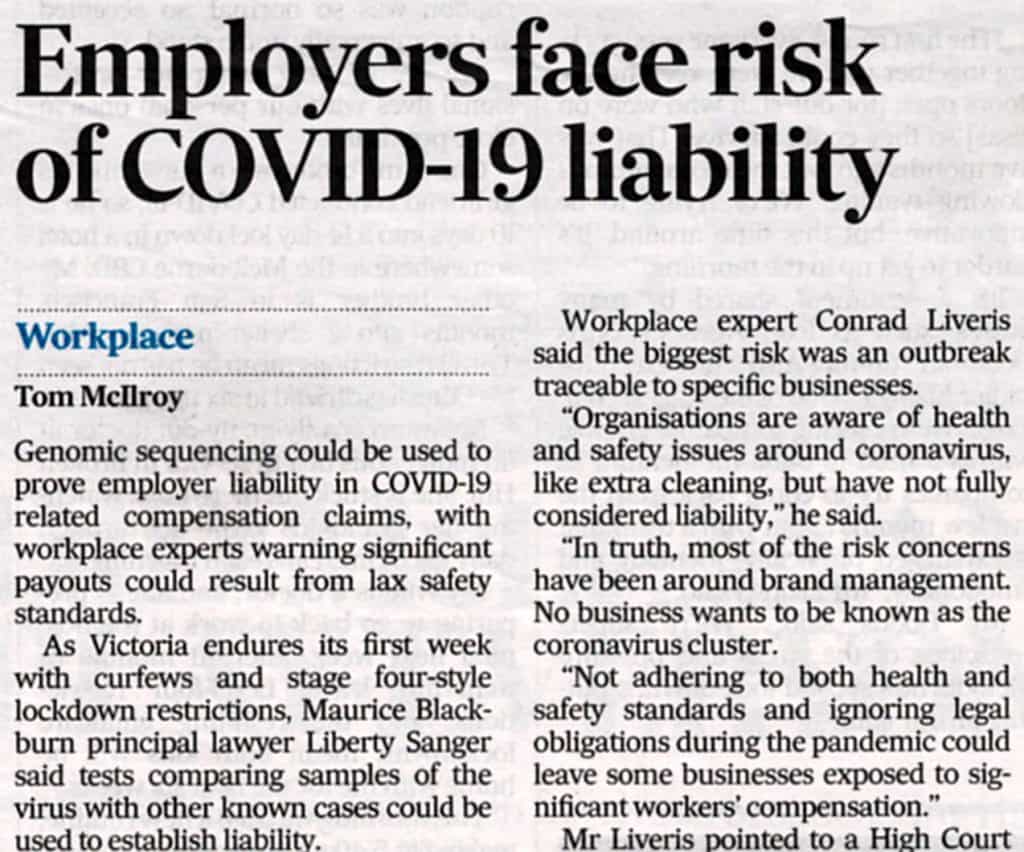
Last week WorkSafe Victoria followed some of the other Australian States by requiring employers to report positive COVID19 cases as “notifiable incidents”. (If they can do this fro COVID19, shouldn’t it be possible to do the same for mental health disorders?) Expanding the pool of notifiable incidents is of little practical consequence but it is indicative of how occupational health and safety (OHS) management is changing, and how Industrial Manslaughter is becoming a pervasive threat.
Managing Liability
In the Australian Financial Review (AFR) on August 4 2020, employer liability for COVID19 incidents was discussed. Liberty Sanger of union-associated law firm, Maurice Blackburn, spoke of the importance of genomic testing to better identify the origin of the infection, ie. was it caught at work or at home.
Gender, OHS and Checklists
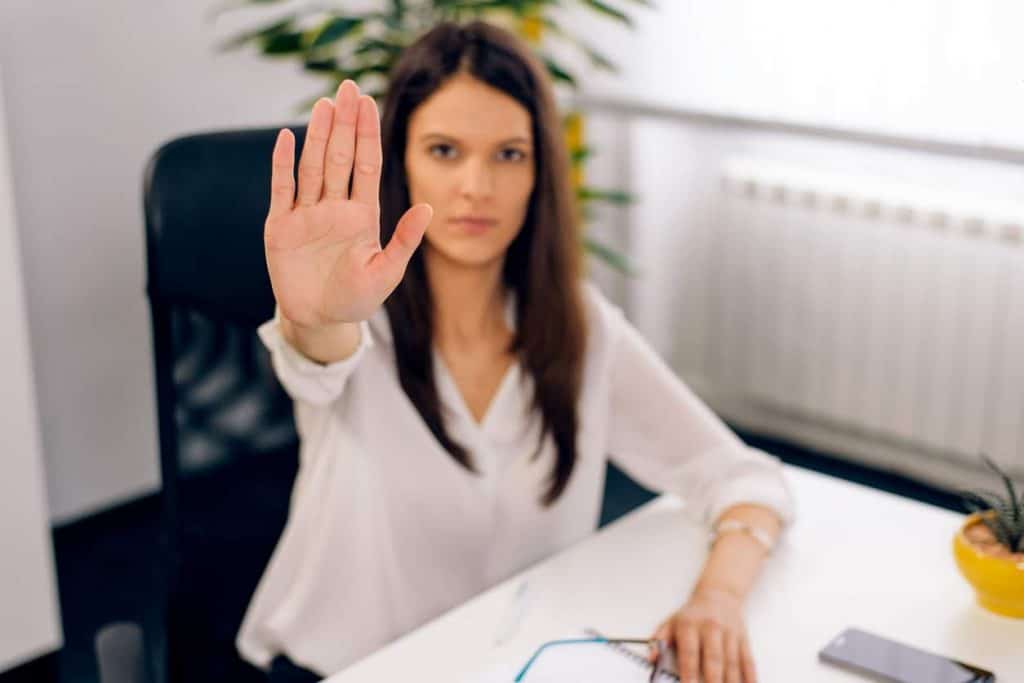
The topicality and importance of many issues highlighted in early 2020 have disappeared. One of them was the issue of sexual harassment in the workplace and Libby Lyons, Director of the Workplace Gender Equality Agency, has released the speech she intended to give at the, now cancelled, Commission on the Status of Women meeting at the United Nations. Lyons said this about sexual harassment and employers:
What of International Workers Memorial Day in 2020?
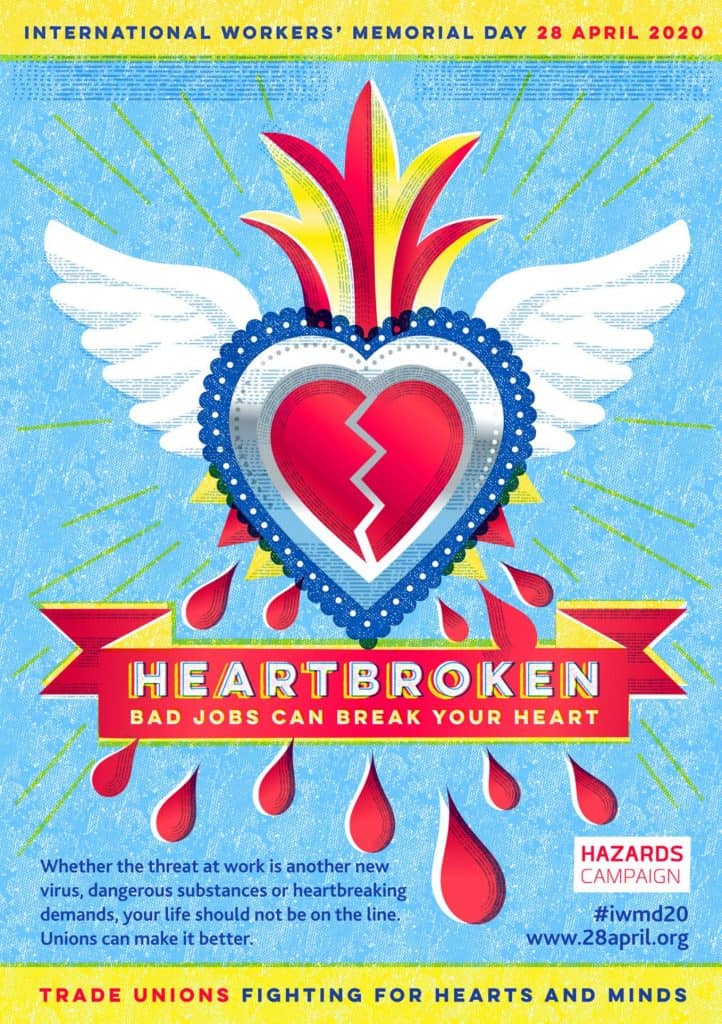
ILO’s World Day on Safety and Health at Work occurs each year on April 28. Events are centred around monuments and places in capital cities and towns, speeches about the importance of occupational health and safety (OHS) are made and symbolic gestures are given.
The World Day is intended to be an acknowledgement of the importance of OHS for all workers and people of all political stances. The aim is to focus on workplace deaths, and the practical actions to prevent those deaths, not the politics of those deaths, but far more prominence is given to the trade union movement’s International Workers Memorial Day held on the same day.
So how will these memorial days work in this year of COVID19?
The concept of “Coercive Control” should be applied to workplace violence

“Coercive control” is getting attention in New South Wales in relation to domestic violence but there are similarities to workplace behaviours such as sexual harassment and bullying.
The Chief Psychiatrist of Victoria’s “guideline and practice resource: family violence” says
“Family violence is understood as a pattern of repeated and
page 5
coercive control, aiming to control another person’s thoughts, feelings and actions.”

